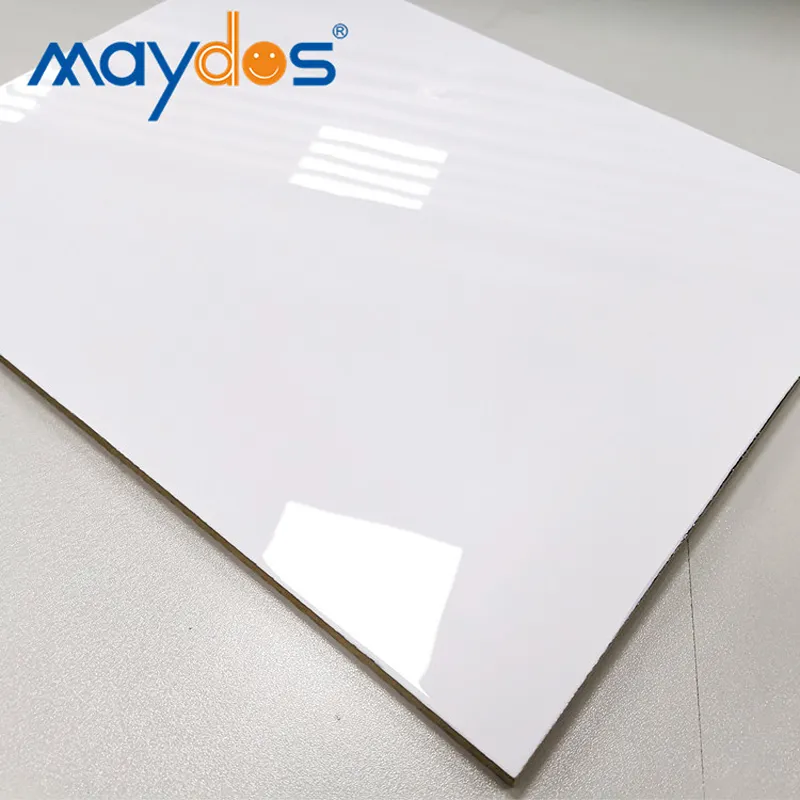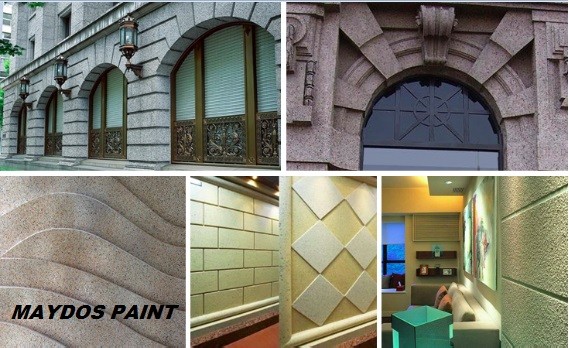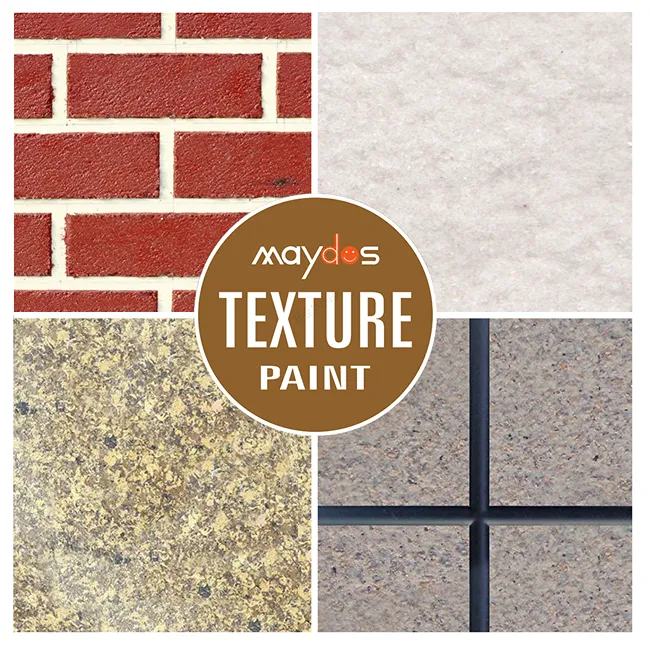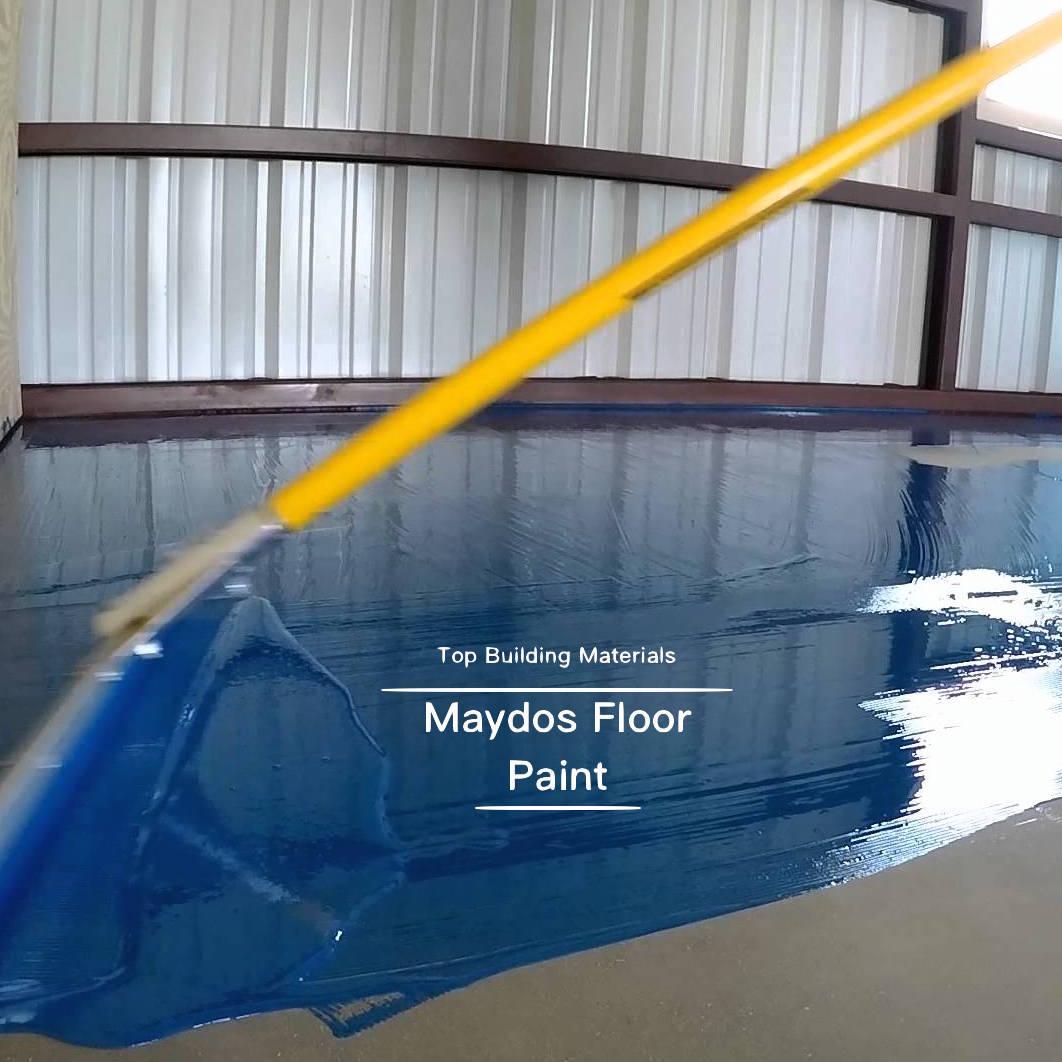The Paints Manufacturer
Paint is a liquid coating that can be used to decorate walls, furniture, cars and boats. It also is a protective coating that protects against water, dirt and moisture.
Paint is made from pigments, resins and additives. Pigments give it colour, resins provide a binder and additives can act as fillers or anti-fungal agents.
Manufacturing Process
The paint manufacturing process is a complex and intricate one that includes a variety of steps and materials. Each step plays a critical role in determining the final characteristics of the paint.
The main raw materials used in the paint manufacturing process include solvents, pigments, binders and additives. These ingredients are combined in precise proportions to create a high-quality paint product.
Depending on the paint, this may involve a mixture of water-based latex paints, two-part catalysed paints, water-based or solventborne enamels, and plastisol-based paints. These paints can be used in a wide range of applications and are often available in various finishes and colors.
Pigments are the components of a paint that provide colour, hiding and control gloss. They can be in either a dry powder or liquid form. The pigments are usually divided into prime pigments and extender pigments.
They come in a wide range of colors and are ground to varying finenesses to achieve the desired tinting strength for each paint. After the grinding process the paint is mixed and then finished, which means that it has undergone a series of processes to ensure it meets the required specifications.
Once the paint has been mixed and finished it is then ready to be diluted and filled into barrels or containers. The dilution phase is where the viscosity of the paint is controlled and made perfect, which is essential for the performance of the paint.
This is done by measuring a small sample and using devices such as flow cups or rheometers to determine the correct viscosity. This takes time and resources and is prone to inaccuracies.
After the correct viscosity is achieved it is then mixed well and inspected for quality. Depending on the paint, this may take a few minutes or hours.
After the final inspection and quality checking the paint is then packaged and shipped to the customer. This is done to ensure that the paint meets all of the required specifications and will perform as expected. The paint is also checked for any possible environmental hazards, such as odors, stains or streaks.
Raw Materials
The paint manufacturing process is characterized by the use of various raw materials and chemicals. The main raw materials include pigments, binders, solvents and additives that are combined to create the desired paint color and properties. The resulting paint product is usually a liquid that consists of a finely divided pigment suspended in a binder and an evaporating solvent.
Pigment is the most important raw material in the paint manufacturing industry because it plays a vital role in color. It is composed of both organic and inorganic carbon compounds that can be used for a range of application needs. Some of the most common pigments include titanium dioxide, zinc oxide and iron oxide.
Another important pigment is rutile TiO2, which is considered to be more durable and stable than anatase pigments. Rutile TiO2 is used in a wide range of applications, such as self-cleaning paints and road marking paints.
Other important raw materials include binders, water or solvents and specific minerals. They function to hold the pigment and the substrate together, thereby providing the paint with durability, toughness and water-proof features.
In addition to the aforementioned components, paints also require a range of additives and emulsifiers. These additives are used to create a permanent, uniform emulsion that makes applying the coating easier and less messy.
Additives are important for a variety of paint types, as they can be added to help enhance color and provide other desired attributes to the coating. These additives can include lubricants, fillers, pigments and extenders.
While some of these additives are produced by the paint manufacturer themselves, others are supplied by a chemical producer. These additives are commonly referred to as pre-cursors or precursors, and they can help to increase the efficiency of a coating’s production.
The paint and coatings market is facing a shortage of many key raw materials, primarily due to higher global demand. Among the major raw materials that are affected by these shortages are acetone, n-butyl acetate and n-butanol.
In the UK, prices of these key raw materials jumped by over 123% in January 2021 compared to a year ago. This has impacted small and mid-sized companies. As a result, some are closing down. Moreover, these increased prices are impacting the overall business and profitability of the paints manufacturers.
Preparation
Before the actual paint is applied, there are many steps that need to be taken in order to make the process run smoothly. This includes everything from washing the surface to filling in any gaps and sanding it down for a smooth finish.
Taking the time to properly prepare a surface before painting it can make a big difference in how long the job lasts. It can also help prevent any problems during the painting process.
A good quality paints manufacturer will take the time to explain the importance of this process to their customers. This is particularly important if they are dealing with large commercial painting projects.
The preparation of a new painting job is often a lengthy and laborious process, especially for larger projects. However, if the work is done properly, the end results are always worth the effort.
As you might imagine, the most important step in preparing a new painting job is to remove all loose debris from the area before the actual work begins. This will allow the professional painting team to do their jobs without any hiccups or delays.
The best part of this process is that it also helps to make the painting process run much more smoothly and efficiently. This is because the debris can be removed from the surfaces that will be painted, allowing them to dry faster and more evenly. The end result will be a smooth and attractive paint job that will last for years to come. Whether your project involves interior or exterior painting, contact the professionals at Painters Inc to ensure that the job is done right.
Manufacture
Paints are a type of coating used to protect other materials. They are made from a mixture of pigments, binders, and solvents that create a durable, decorative, or protective finish on surfaces.
To make paint, you need to use a combination of different chemicals and machinery. The process involves mixing ingredients, milling pigments, and filtration to produce finished paints.
In the first stage of manufacture, the raw materials are combined in a paint tank. These ingredients include resins, solvents, and additives. Solvents are liquids that combine the paint’s resin and pigments to form a single compound. Common solvents include water and organic materials like mineral turps.
The next step is to mill the paint’s pigments into a fine powder. During this process, the paint’s color and tinting strength increases. The paint’s consistency is also regulated to ensure that it will dry properly.
Once the paint’s pigments have been finely ground, they are mixed with other chemicals that will help them dry faster. This is known as thinning the paint.
After thinning, the paint goes through a screen filter to remove any dust particles from it. The paint is then packaged into cans and shipped to customers.
When you’re planning to paint your home, you should choose a paint that is easy to clean and maintain. It should also be resistant to rust, mildew, and other harmful conditions that can damage your home.
You can find paint that meets these criteria at local retailers. They often sell a variety of brands and colors, so you can get a good deal on your favorite colors.
Some types of paints are specifically designed to resist the wear and tear that comes with regular use, including anti-slip, road marking, and luminous paint. These paints are designed to be fast-drying, thick, and strong. They’re also formulated to be less likely to blister on surfaces than other paints.
The manufacture of paints can be difficult and time-consuming. But the results are well worth it. If you want to work in this industry, learn as much about the manufacturing process as possible. You can find information about this on the Internet and through local organizations.





















